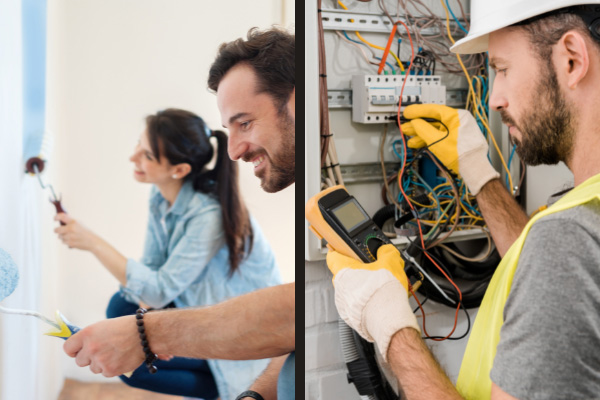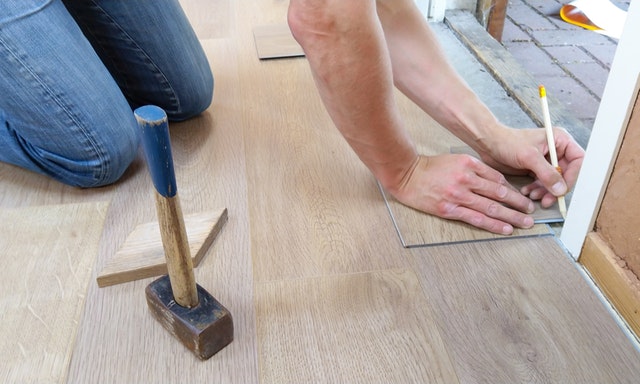What is Cash to Close?
 “Cash to Close” refers to the total amount of money that a homebuyer needs to bring to the closing table to complete the purchase of a property. It includes the down payment, closing costs, and other fees associated with the home purchase.
“Cash to Close” refers to the total amount of money that a homebuyer needs to bring to the closing table to complete the purchase of a property. It includes the down payment, closing costs, and other fees associated with the home purchase.
How is it Calculated?
The cash to close amount is calculated by subtracting any applicable credits, such as earnest money or seller contributions, from the total amount of funds needed to complete the transaction. The resulting figure represents the final amount of cash that the buyer needs to bring to the closing.
It’s important for homebuyers to carefully review their “Cash to Close” statement before closing to ensure that they have enough funds available to cover the required amount. The statement will typically be provided by the lender or title company several days before the closing date.
The Difference Between Cash to Close and Closing Costs
Cash to close and closing costs are both important concepts in the home buying process, but they refer to different things.
Cash to close refers to the total amount of cash that a homebuyer needs to bring to the closing table to complete the purchase of a property. This includes the down payment, closing costs, prepaid expenses (such as property taxes and homeowners insurance), and any other fees associated with the home purchase.
Closing costs are the fees and expenses associated with obtaining a mortgage loan and closing the real estate transaction. They can include loan origination fees, appraisal fees, title search and insurance fees, attorney fees, and other charges. Closing costs are typically paid at the closing table, but they can sometimes be included in the mortgage loan amount.
Do I Need Actual Cash to Close?
While the term “Cash to Close” may suggest that you need to bring actual physical cash to the closing table, in reality, you typically do not need to bring cash. Most real estate transactions are settled using wire transfers, certified or cashier’s checks, or electronic transfers, rather than physical cash.
When you receive the “Cash to Close” statement, it will provide you with the total amount of funds needed to complete the transaction. You will then typically work with your lender and/or closing agent to arrange for the transfer of these funds to the appropriate parties.
It’s important to note that the exact payment methods and requirements may vary depending on the specific transaction and location. You should work closely with your lender and/or closing agent to ensure that you understand the payment process and have the necessary funds available in the appropriate form.

 A mechanic’s lien is a legal claim placed on a property by a contractor, subcontractor, or supplier who has provided labor, materials, or equipment to improve the property. The lien serves as security for the payment of the debt owed to the party who provided the services or materials.
A mechanic’s lien is a legal claim placed on a property by a contractor, subcontractor, or supplier who has provided labor, materials, or equipment to improve the property. The lien serves as security for the payment of the debt owed to the party who provided the services or materials. The purchase and refinance mortgage processes are similar in many ways, but there are also some important differences. Here is a general overview of how each process typically works:
The purchase and refinance mortgage processes are similar in many ways, but there are also some important differences. Here is a general overview of how each process typically works: There are many do-it-yourself (DIY) home improvement projects that can be completed on a budget and still have a significant impact. Enhancing the appearance and functionality of your home doesn’t have to be costly or time-consuming.
There are many do-it-yourself (DIY) home improvement projects that can be completed on a budget and still have a significant impact. Enhancing the appearance and functionality of your home doesn’t have to be costly or time-consuming.  If you are looking for a way to save money on the purchase of your next home, you might be thinking about buying a property that requires repairs. Keep in mind that you will not be able to move into this property right away, so is it the best option? You could open the door to unique financing options that could make it easier for you to purchase your next property.
If you are looking for a way to save money on the purchase of your next home, you might be thinking about buying a property that requires repairs. Keep in mind that you will not be able to move into this property right away, so is it the best option? You could open the door to unique financing options that could make it easier for you to purchase your next property.